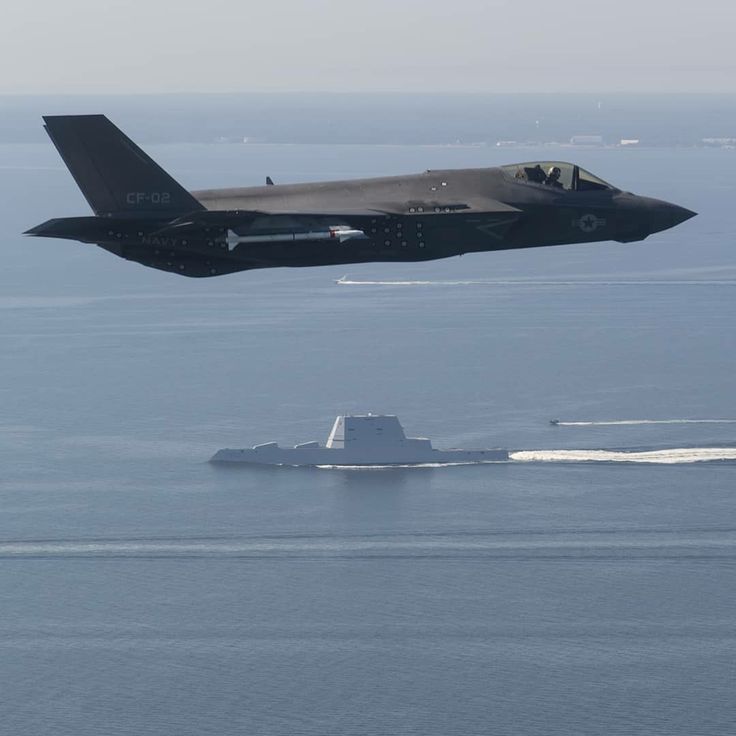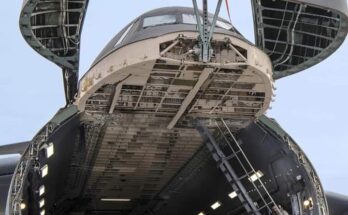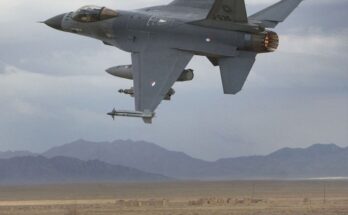
The F-35C Lightning II is the carrier-based variant of the F-35 Joint Strike Fighter, designed specifically for the U.S. Navy and intended to operate from aircraft carriers alongside other naval aircraft like the F/A-18 Super Hornet and the E-2D Hawkeye.
Here’s a detailed breakdown:
🔹 Key Features of the F-35C
- Larger Wings & Control Surfaces
- Compared to the F-35A (Air Force) and F-35B (Marines), the F-35C has larger wings (9 ft wider span) and folding wingtips for carrier deck storage.
- Larger wing area improves low-speed handling, crucial for carrier landings.
- Robust Landing Gear & Arrestor Hook
- Built to withstand the extreme stress of carrier catapult launches and arrested landings.
- The landing gear is heavier and more rugged than the F-35A’s.
- Greater Fuel Capacity
- Internal fuel: ~19,750 lbs (more than A and B variants).
- Provides a combat radius of about 1,200 nautical miles, the longest of all F-35 variants.
- Stealth & Sensors
- Low observable design reduces radar cross-section.
- Equipped with AN/APG-81 AESA radar, Distributed Aperture System (DAS), Electro-Optical Targeting System (EOTS), and advanced sensor fusion.
- Weapons
- Internal bays maintain stealth (carry 2 × AIM-120 AMRAAM + 2 × JDAM/GBU bombs in stealth mode).
- External pylons can carry more weapons when stealth is less critical.
- Gun: GAU-22/A 25mm cannon (in an external pod, unlike the F-35A’s internal gun).
🔹 Performance
- Max Speed: Mach 1.6 (approx. 1,200 mph / 1,930 km/h)
- Ceiling: ~50,000 ft
- Thrust: Pratt & Whitney F135 afterburning turbofan, ~43,000 lbs thrust
- Takeoff method: Catapult-Assisted Takeoff (CATOBAR)
- Landing: Arrested recovery with strengthened tailhook
🔹 Advantages Over Other Variants
- Longer range than F-35A and F-35B
- Optimized for carrier operations (stronger landing gear, folding wings)
- Increased payload flexibility
🔹 Operators
- Primary: U.S. Navy
- Future interest: Some allied navies with CATOBAR carriers (e.g., France’s next-gen carrier project) may consider it.

